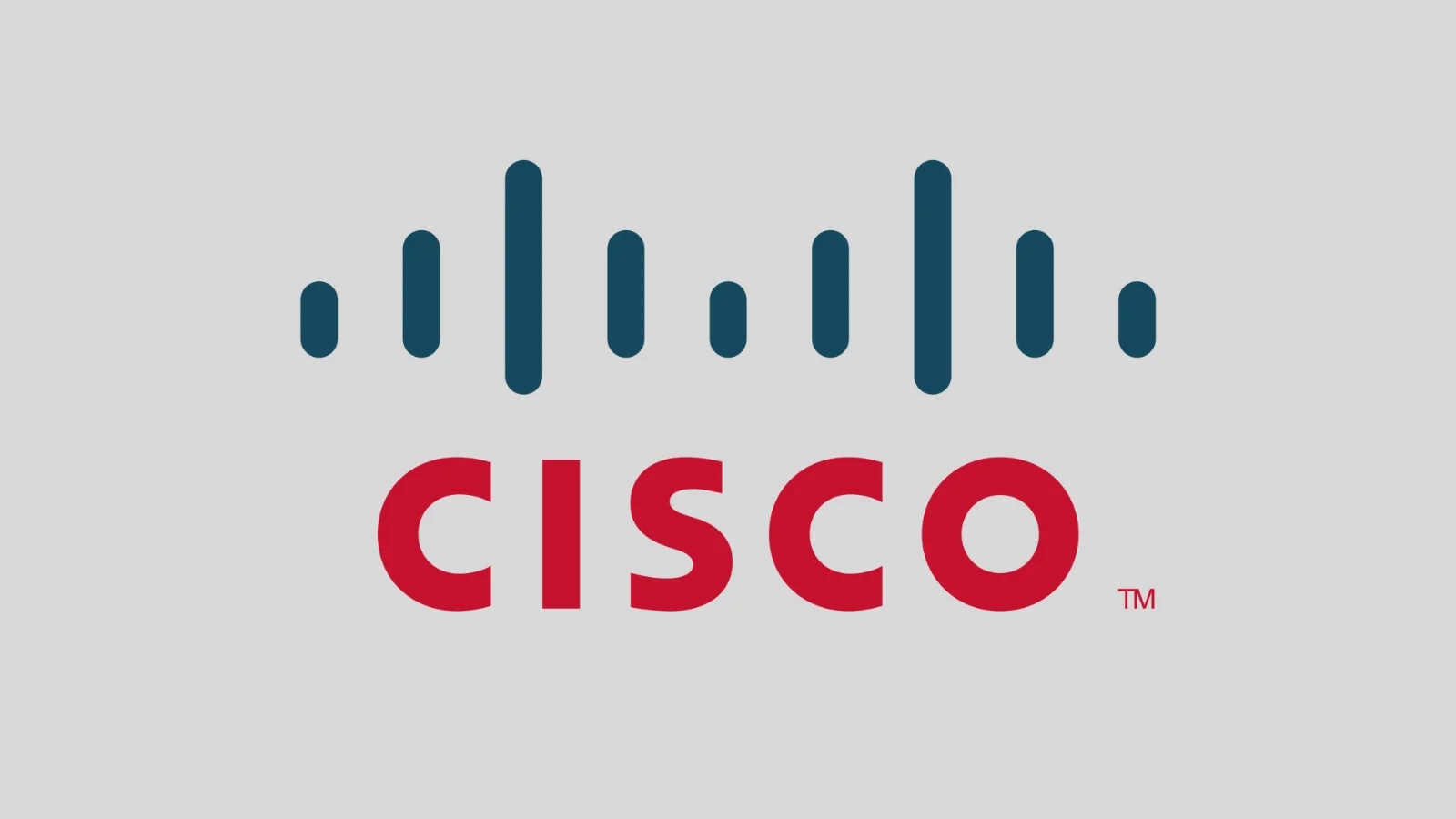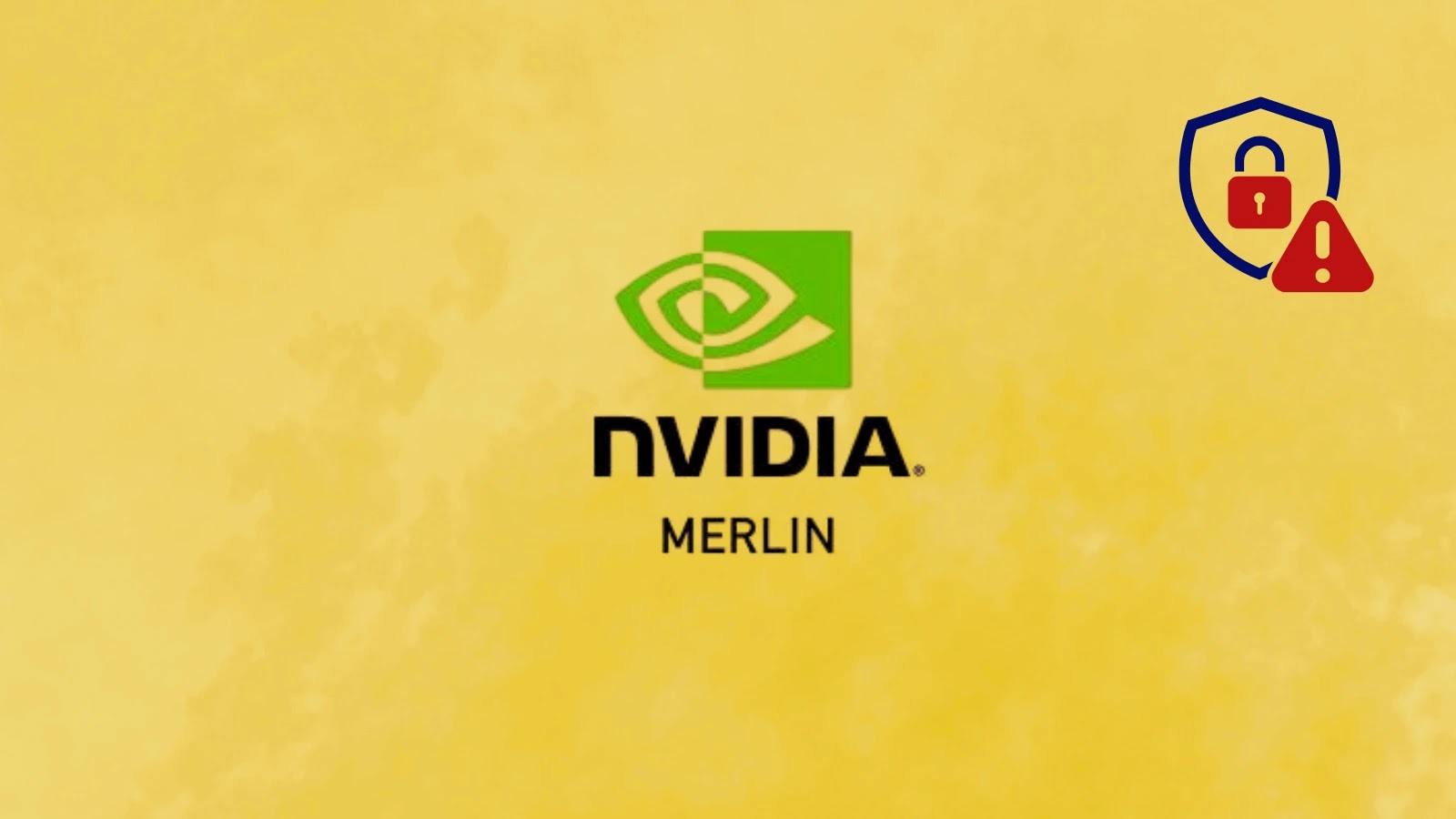The cybersecurity landscape has undergone significant transformations, particularly concerning the attribution and understanding of Advanced Persistent Threat (APT) groups. A prime example of this evolution is the North Korean-linked Lazarus Group. Once perceived as a singular entity, Lazarus has now fragmented into a network of specialized subgroups, each with distinct objectives and operational structures. This development has introduced new challenges in classification, attribution, and the formulation of effective countermeasures.
The Genesis and Expansion of Lazarus
Initially, the term “Lazarus” referred to a single APT group or a small set of coordinated actors. Over time, as the scale and complexity of their operations expanded, the group diversified into multiple subunits. Today, Lazarus encompasses various subgroups, including Diamond Sleet, Citrine Sleet, and Moonstone Sleet, among others. This proliferation has led to inconsistent naming conventions across security vendors, further complicating attribution efforts.
Diverse Objectives and Campaigns
Each Lazarus subgroup operates with specific objectives and targets. For instance, campaigns like Operation DreamJob and AppleJeus have been identified as targeting cryptocurrency businesses. Other subgroups focus on ransomware attacks or corporate espionage. The overlapping tactics, techniques, and procedures (TTPs) among these subgroups blur the lines between individual entities, making accurate attribution increasingly challenging.
Overlapping Tactics Among Subgroups
One of the most significant hurdles in attributing Lazarus activities is the overlap in their methods. Multiple subgroups share similar initial attack vectors, command-and-control (C2) infrastructure, and malware components. For example, several Lazarus-affiliated actors have been observed contacting targets via LinkedIn or other social platforms to persuade them to download malicious Python or npm packages hosted on PyPI or GitHub repositories.
Moonstone Sleet and Citrine Sleet are two notable subgroups employing this tactic. While they share similarities in their attack vectors and infrastructure, their objectives differ—Moonstone Sleet targets cryptocurrency theft and ransomware deployment, whereas Citrine Sleet focuses primarily on cryptocurrency businesses.
The Importance of Detailed Subgroup Identification
Accurate identification of Lazarus subgroups is critical for several reasons:
1. Targeted Security Alerts: Each subgroup has unique objectives and target industries. Accurate profiling allows cybersecurity teams to issue specific alerts tailored to vulnerable sectors, such as cryptocurrency businesses or defense organizations.
2. Effective Countermeasures: Understanding the organizational structure behind each subgroup enables more precise defensive strategies. For example, certain countermeasures may be effective against one subgroup but ineffective against another due to differences in their operational frameworks.
3. Strategic Messaging: Subgroup-level attribution serves as a “message” to attackers, demonstrating the capabilities of defenders. It may also deter adversaries by making new tactics less viable or obsolete.
Emergence of Task Force-Like Groups
Recent trends indicate the emergence of task force-like groups that transcend traditional subgroup classifications. Entities such as Bureau 325 and APT43 have been identified as sharing TTPs across multiple Lazarus subgroups while utilizing tools common to other North Korean-linked actors like Kimsuky. These developments suggest a shift toward more dynamic and flexible organizational structures within APT groups.
Balancing “Soft” and “Hard” Attribution
Attribution can be categorized into two types:
– Soft Attribution: This involves identifying the specific subgroup responsible for an attack based on TTPs, infrastructure, and malware used.
– Hard Attribution: This refers to linking the subgroup to a nation-state or specific organization, such as connecting a Lazarus subgroup to the North Korean government.
While soft attribution aids in understanding the immediate threat landscape and tailoring defenses, hard attribution is crucial for geopolitical considerations and formulating broader security policies.
Conclusion
The evolution of the Lazarus Group from a singular entity to a complex network of specialized subgroups underscores the dynamic nature of cyber threats. This fragmentation complicates attribution efforts and necessitates a nuanced approach to cybersecurity. By understanding the distinct objectives and tactics of each subgroup, organizations can develop more effective defense strategies and contribute to a more secure digital environment.



